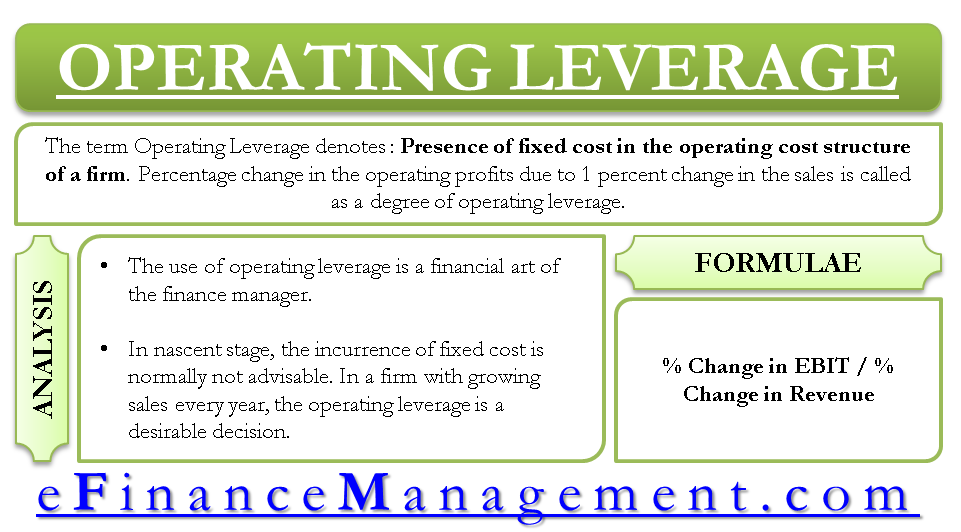(PDC) and the Rubber Development Corporation (RDC) Records of other subsidiary corporations Records OF Allied Corporations 1934-61 Records of the Rubber Producing Facilities Disposal Commission (RPFDC) and the Federal Facilities Corporation (FFC) Records of the Electric Home and Farm Authority (EHFA) Records of the Lafayette Building Corporation (LBC) Records of Successor Agencies 1932-64 Records of the National Science Structure (NSF) Records of the General Providers Administration (GSA) Records of the Workplace of Defense Loaning, Treasury Department Cartographic Records (General) Motion Pictures (General) Sound Recordings (General) Still Pictures (General) As an independent company by the Reconstruction Finance Corporation Act, January 22, 1932 (47 Stat - What is the difference between accounting and finance.
To newly established Federal Loan Company (FLA), with Electric Home and Farm Authority, Federal Housing Administration, Export-Import Bank of Washington, and Federal House Loan Bank Board, by Reorganization Strategy No. I of 1939, reliable July 1, 1939; to Department of Commerce by EO 9071, February 24, 1942; to legitimate timeshare resellers FLA by an act of February 24, 1945 (59 Stat. 5); to independent agency status upon abolishment of FLA by an act of June 30, 1947 (61 Stat. 202). Supplied emergency funding facilities for monetary organizations. Assisted in funding agriculture, commerce, and market. Purchased preferred stock, capital notes, or debentures of banks, trust companies, and insurance provider.
By Reorganization Plan No. 1 of 1957, reliable June 30, 1957. The Restoration Financing Corporation Liquidation Act (67 Stat. 230), July 30, 1953, had actually attended to RFC's extension to June free cruise timeshare presentation 30, 1954, and for termination of its financing powers, efficient September 28, 1953. Reorganization Plan No. 2 of 1954 had appointed to appropriate companies for liquidation certain functions of RFC, efficient July 1, 1954. Federal Facilities Corporation (disposition of synthetic rubber production and tin smelting facilities) by EO 10539, June 30, 1954. Export-Import Bank of Washington, Small Service Administration, and Federal National Home Mortgage Association (as liquidators of foreign loans, disaster loans, and RFC home loans) by Reorganization Plan No. To blunt the debate, Hoover signed up with hands with Republican moderates and Democratic liberals in Congress to broaden RFC authority. In July 1932, the Emergency Situation Relief and Building Act authorized the RFC to make up to $300 million in loans to state and city governments to help them in providing relief to the out of work, and $1. 5 billion in loans to state and regional federal governments to put people to work building such self-liquidating public works as toll roads, bridges, and sewage and water systems. The act also gave the RFC power to extend loans to financial institutions to help farmers in saving and marketing farming items. What is a future in finance.
The $300 million in relief was only the proverbial drop in the pail compared to total need, and the general public works building and construction tasks took too long to get underway. President Hoover's political fortunes continued to sink. Although the RFC made almost $2 billion in bank loans in 1932, instability continued to pester the cash markets, with numerous banks stopping working each month, a growing number of railways going into default, and industrial loans drying up. In the winter season of 1932 to 1933, the RFC's drawbacks came into strong relief. The governors of Idaho, Nevada, Iowa, Louisiana, and Oregon all had to declare statewide banking vacations to stop panicstricken depositors from making work on banks, and in March 1933 newly-inaugurated President Franklin D.
The country's monetary system had actually collapsed, even with $2 billion in RFC loans. Despite its imperfections, the RFC will go through a geometric growth in its power and scope. During the famous Very first Hundred Days of the Roosevelt administration, the RFC became the heart and soul of the New Deal. Congress developed the Federal Emergency Relief Administration to take over and expand the RFC's program of relief loans to state and regional governments. The new Public Works Administration assumed duty for the RFC public works building program. The Product Credit Corporation took control of the RFC loan program to help farmers in saving and marketing crops.
Our What Can You Do With A Masters In Finance Diaries

Within a few years, the RFC owned $1. 3 billion in stock and exercised voting rights in 6,200 private industrial banks. Due to the fact that the money can be found in the kind of investment capital, not loans that needed to be paid back in six months, the RFC stock purchases proved to be a godsend. With the RFC, the Banking Act of 1933, and establishment of the Federal Deposit Insurance Coverage Corporation, the money markets began to settle down. Bank failures plummeted, and business loans, the life blood of an economy, gradually started to increase. Finally, because the RFC delighted in a consistent flow of capital through loan repayments, it became a source of money nearly external to Congress, which President Roosevelt and other Brand-new Dealerships frequently exploited.

In 1939, Congress developed the Federal Loan Company to supervise the federal government's vast financial facility, and President Roosevelt called Jesse Jones to head the brand-new company. By that time, the RFC and its subsidiaries had made loans in excess of $8 billion, triggering some journalists to describe the company as the "4th Branch of Click here Government." 2 years later the entryway of the United States into The Second World War brought extraordinary new powers to the RFC. The economy needed to make, as quickly as possible, the shift from Anxiety to wartime production, and Jesse Jones and the RFC presumed a central function in that effort.